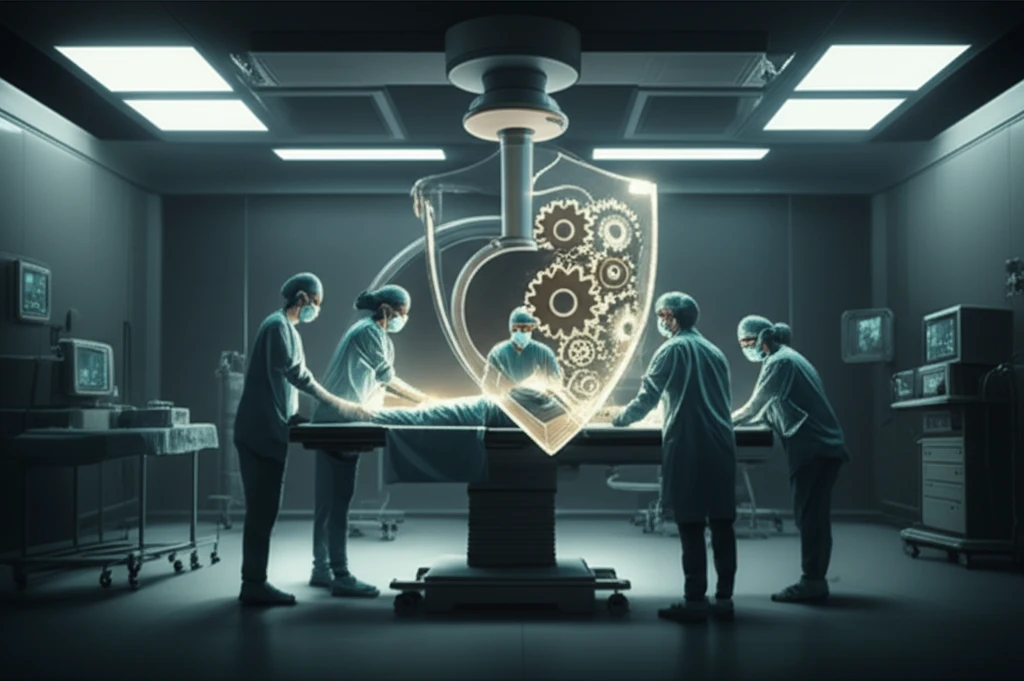
Safety Culture RX: Building a Healthier Hospital Environment
"Learn how to cultivate a culture of safety in interventional radiology, improving patient care and staff well-being."
In the high-stakes world of interventional radiology (IR), patient safety isn't just a priority—it's a necessity. Medical errors can have devastating consequences, emphasizing the critical need for a robust safety culture. This isn't about blame; it's about creating an environment where everyone feels empowered to speak up, learn from mistakes, and continuously improve.
A strong safety culture benefits everyone. Patients receive better care, staff morale increases, and the overall work environment becomes more supportive and resilient. Shifting the focus from individual blame to system-wide improvement can dramatically reduce errors and improve outcomes. The question is: how do you build such a culture?
This article explores practical, evidence-based strategies for fostering a culture of safety in interventional radiology. We'll delve into the key components of a safety-focused environment, from teamwork and communication to leadership support and resources for those affected by medical errors. Let's get started!
Why a Strong Safety Culture is Essential in Interventional Radiology

A safety culture in healthcare is more than just following protocols; it’s a shared commitment to identifying and mitigating risks. It involves open communication, mutual respect, and a proactive approach to preventing errors. Here's why it's so important:
- Improved Patient Outcomes: When safety is a priority, patients receive better care, leading to fewer complications and improved overall health.
- Increased Staff Satisfaction: A supportive safety culture boosts morale and reduces stress among healthcare professionals, leading to a more engaged and effective workforce.
- Enhanced Teamwork: Open communication and mutual respect foster collaboration, enabling teams to work together seamlessly to deliver the best possible care.
- Reduced Liability: Proactive safety measures can minimize the risk of legal claims and protect the reputation of the healthcare institution.
Building a Safer Future Together
Creating a culture of safety in interventional radiology isn't a one-time fix; it's an ongoing journey. By prioritizing teamwork, open communication, and support for all staff members, healthcare institutions can create a safer, more supportive environment for everyone. The ultimate goal is to ensure that patients receive the best possible care and that healthcare professionals thrive in their roles. Embracing these strategies is an investment in a healthier, safer future for all.
